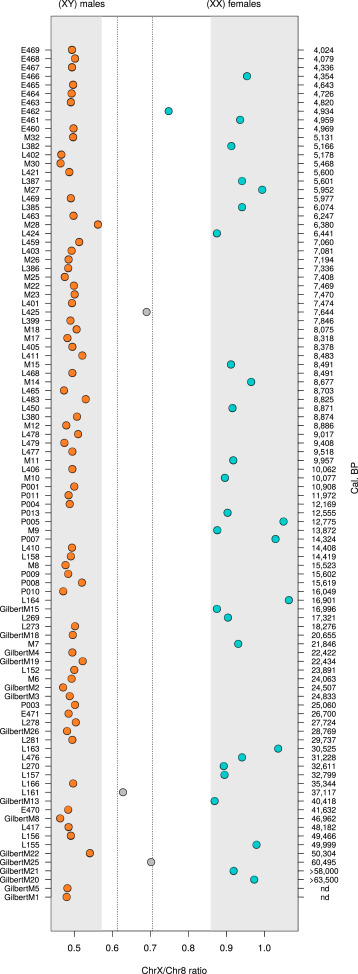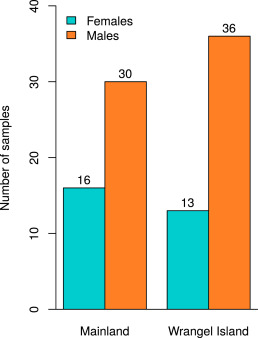
The elephant family possesses a matriarchal social structure. Once a male becomes sexually potent he leaves the band and sets off all by himself. The elephant family primarily consists of the juvenile males.
This structure is common to all elephant species, however, elephant biologists are trying to find whether the extinct species too had the same structure, primarily focusing on the mammoths from the Ice Age. A paper published in Current Biology states that the mammoth family too followed the same form of administration.
Living together in a group, elephants hand down information on survival, focusing on which parts of the home range should they avoid, from generation to generation. Males, however, before they start living alone, do not get informed of these facts.This can be considered as a reason behind more male elephants falling prey to traps such as hot springs or sinkholes.

Scientists are gathering information on demographic parameters of the mammoths to study their behaviour, social structure and life histories in order to come to the conclusion that mammoths share the same social pattern like that of the elephants. Patricia Pecnerova and Love Dalen of the Museum of Natural History in Stockholm, Sweden investigated on the same and published their work in Current Biology.
Genomic data was used to study the sex of 98 mammoth specimens in order to delve deeper into their social and behavioral patterns in the last 60,000 years of their existence.
A significant hike in the number of male mammoths was identified in the samples (69 percent versus 31 percent). This male bias, as explained earlier might be a result of the matriarchal hierarchy and sex segregation, that drove the males out once they were all grown up.
The males, therefore, failed to gather further information on survival strategies.

Pecnerova and Dalen revealed that when the skeletons of the beasts were studied, the morphology suggested that all of them were male. On studying a group of fossilised footprints left behind by the mammoths they discovered that the group of fossilised footprints belonged to female mammoths, thus further suggesting that they did travel in groups with their young ones whereas the adult males were left behind.

The specimens of this study were collected mainly from river basins, coastlines and lake shores. About 98 animals were studied by the team.
The DNA analysis revealed that among the specimens, 66 of them were of male mammoths whereas 29 belonged to female mammoths. This suggests a preservation bias in fossil collections where animals dying in marshes and sinkholes are more likely to be preserved for a longer time than those dying naturally in the open air.
After going through the details of the data, the team inferred that the well-preserved fossils of male mammoths prove that the males walked alone and were completely abandoned by the band, which led to their awful deaths.









